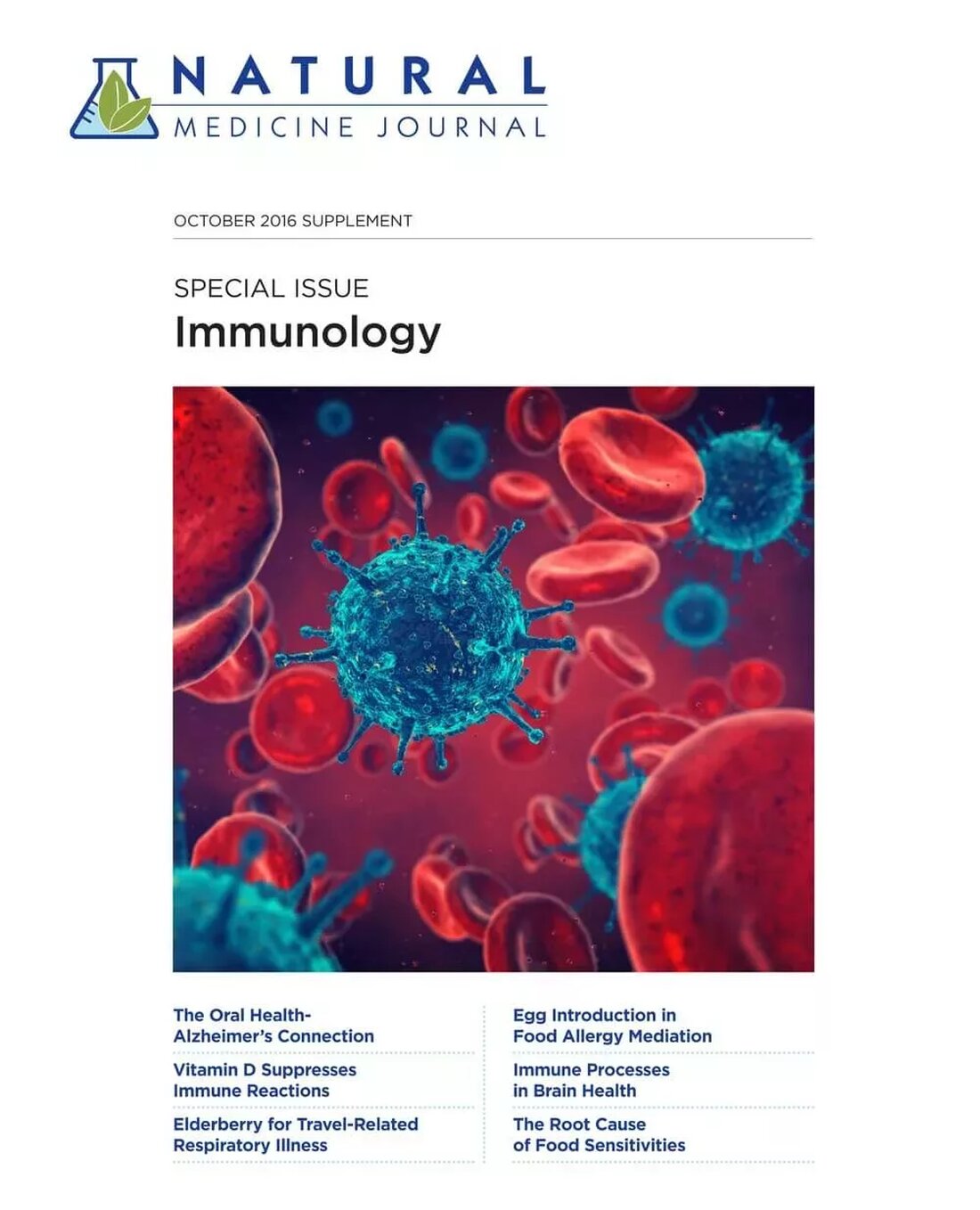This is part of the October 2016 Special Issue on Immunology. Read this full edition or download it.
reference
Bravin K, Luyt D. Orale Immuntherapie zu Hause mit einem gebackenen Ei-Protokoll. J Investig Allergol Clin Immunol. 2016;26(1):61-63.
Study objective
Eine orale Immuntherapie für zu Hause mit gebackenem Ei zu entwickeln und herauszufinden, ob sie eine sichere, praktische und wirksame Behandlung für Kinder mit Eierallergien ist
design
Gehäuseseriendesign
Study protocol
Das Immuntherapie-Protokoll wurde in 5 Stufen konzipiert, beginnend mit 125 µg Eiprotein, die täglich über einen Zeitraum von 60 Tagen bis zu einer maximalen Zieldosis von 6,25 g Eiprotein erhöht wird. Die erste Dosis wurde in einem Krankenhaus verabreicht und der Rest wurde zu Hause fortgesetzt.
Das Rezept für gebackenen Eierkeks bestand aus 4 Zutaten: Mehl (40 g in den Stufen 1-4 und 80 g in Stufe 5); Zucker (40 g); Margarine (25 g in Stufe 1-3, 15 g in Stufe 4 und keine in Stufe 5); und Ei (0,1 ml auf Stufe 1, 0,5 ml auf Stufe 2, 1,0 ml auf Stufe 3, 10 ml auf Stufe 4 und 50 ml auf Stufe 5). Die verzehrte Keksmenge wurde täglich schrittweise erhöht.
Participant
Fünfzehn Kinder mit IgE-vermittelter Eierallergie; 9 Jungen und 6 Mädchen im Alter von 6 bis 17 Jahren, mit einem Durchschnittsalter von 11 Jahren und 2 Monaten. Einschlusskriterien waren Alter > 5 Jahre, persistierende IgE-vermittelte Eierallergie mit positivem Hautpricktest (Quaddel > 3 mm) auf Eiweiß und Eigelb, und Symptome einer allergischen Reaktion auf gebackenes Ei in den letzten 6 Monaten oder positives Öffnen Ergebnis der Lebensmittelherausforderung.
Primary outcome measures
Fähigkeit, gekochtes Vollei ohne Nebenwirkungen zu vertragen
Key insights
Acht Kinder absolvierten das gesamte Programm erfolgreich, 4 Kinder innerhalb der Zielvorgabe von 60 Tagen und 4 Kinder zwischen 80 und 270 Tagen. Sieben Kinder schlossen die Studie nicht ab; 2 konnten die erste Dosis nicht ohne Symptome vertragen und 5 erreichten an den Tagen 10 bis 47 eine teilweise Toleranz, was es ihnen ermöglichte, Spuren von Eiern in ihre Ernährung aufzunehmen. Die Nebenwirkungen waren gering und konnten durch Antihistaminika kontrolliert werden.
restrictions
Studiendesign und geringe Teilnehmerzahl
Practice implications
Nahrungsmittelallergien sind weit verbreitet und die Prävalenz nimmt weltweit zu. Bis zu 15 Millionen Amerikaner haben Nahrungsmittelallergien, darunter 1 von 13 Kindern unter 18 Jahren.1 Laut einer Studie der Centers for Disease Control and Prevention aus dem Jahr 2013 hat die Häufigkeit von Nahrungsmittelallergien bei amerikanischen Kindern zugenommen.2 Auch in anderen Ländern treten vermehrt Lebensmittelallergien auf.3
Kinder mit einem Risiko für Lebensmittelallergien haben mit größerer Wahrscheinlichkeit Eltern mit allergischen Erkrankungen, und die Kinder selbst haben mit größerer Wahrscheinlichkeit verwandte Erkrankungen wie Asthma und andere allergische Reaktionen. Nahrungsmittelallergien können tatsächlich viele allergische Erkrankungen auslösen, wie z. B. nahrungsmittelinduzierte Anaphylaxie, gastrointestinale (GI) Nahrungsmittelallergien (z. B. eosinophile GI-Erkrankungen), Hautreaktionen (z. B. Urtikaria, Ekzem), respiratorische Manifestationen und Heiner-Syndrom, eine seltene Milch -induzierte Lungenerkrankung.4
Die orale Immuntherapie ist eine großartige Möglichkeit, Allergene in Form von Lebensmitteln einzuführen, wie sie im wirklichen Leben vorkommen.
Nahrungsmittelallergien bei Kindern sind jedes Jahr für über 300.000 Arztbesuche verantwortlich5 und 200.000 Besuche in der Notaufnahme.6 Sie sind die Hauptursache für Anaphylaxien, die außerhalb eines Krankenhausumfelds auftreten. Aktuelle Behandlungsleitlinien empfehlen die Identifizierung und strikte Vermeidung allergieauslösender Lebensmittel.4 Ernährung und unbeabsichtigter Kontakt mit Allergenen haben jedoch erhebliche Auswirkungen auf die Lebensqualität.7 Es werden bessere Behandlungsoptionen benötigt, und die jüngsten Bemühungen konzentrierten sich auf die orale Immuntherapie (oder OIT, die in dieser Studie verwendet wurde) und die sublinguale Immuntherapie (oder SLIT, die flüssige sublinguale Zubereitungen von Allergenextrakten verwendet).
Die häufigsten Übeltäter, die 90 % der Nahrungsmittelallergien im Zusammenhang mit Immunglobulin (Ig) E ausmachen, sind als die großen 8 bekannt: Milch, Eier, Erdnüsse, Baumnüsse, Weizen, Soja, Fisch und Schalentiere. Etwa 18 % der Kinder wachsen nicht aus einer Eierallergie heraus.4 Die Reaktion auf Eier wird häufig durch die Proteine in Eiweiß ausgelöst, obwohl Eigelbproteine auch Allergien auslösen können.
Die orale Immuntherapie ist eine großartige Möglichkeit, Allergene in Form von Lebensmitteln einzuführen, wie sie im wirklichen Leben vorkommen. Kochprozesse (Erhitzen, Säuren, Mischen) können die Allergenität der Lebensmittelproteine verändern.8 Das Erhitzen von Eiprotein mit Weizen kann mit dem Weizenprotein eine Matrix bilden, die die Verdaulichkeit des Eiproteins verändert,9 Eierkekse zu einer guten Wahl für das Studium zu machen.
Sind wir bereit, die orale Immuntherapie in unserer klinischen Praxis anzuwenden? Während es ein sehr vielversprechender Ansatz zur Behandlung von Eiallergien ist,10 sowie andere Nahrungsmittelreaktionen,11,12 Es gibt eine Reihe von Problemen, die es schwierig machen. Die Sicherheit ist ein wichtiger Faktor, da die Schwere einer Reaktion nicht anhand früherer Reaktionen, des IgE-Spiegels oder der Größe der Quaddel im Pricktest vorhergesagt werden kann. Der häufigste bekannte Faktor im Zusammenhang mit einer schweren Reaktion ist eine gleichzeitige Diagnose von Asthma.4 Darüber hinaus wird nach optimalen Dosierungen und Behandlungsdauern gesucht, und die Benutzerfreundlichkeit außerhalb der Forschungsumgebung ist fraglich. Dennoch ist es sehr ermutigend, die Desensibilisierung allergischer Reaktionen bei Studienteilnehmern zu sehen. Die orale Immuntherapie scheint schneller zu wirken, hat aber eine höhere Rate an systemischen Reaktionen. Sublinguale Immuntherapiereaktionen treten häufiger auf, sind jedoch typischerweise milder und auf den Oropharynx beschränkt und zeigen daher derzeit ein besseres Sicherheitsprofil.13
In der Zwischenzeit müssen wir als Anbieter unsere Patienten über versteckte Quellen von Lebensmittelallergenen beraten, um unbeabsichtigte Expositionen zu vermeiden, und sie daran erinnern, die Verfallsdaten auf ihren EpiPen-Rezepten zu überprüfen. Wir wollen auch zusätzliche Faktoren berücksichtigen, die mit der Entstehung von Allergien zusammenhängen. Interessanterweise kann die frühere Einführung von gekochtem Ei, im Alter von 4 bis 6 Monaten, vor einer Eiallergie schützen.14 Ein Vitamin-D-Mangel ist mit einem erhöhten Risiko einer Sensibilisierung gegenüber Lebensmittelallergenen verbunden.15,16 Die Ermutigung unserer Patienten, unverarbeitete Lebensmittel zu essen, kann helfen, Entzündungen zu verringern, da ein gewisser Zusammenhang zwischen Lebensmittelallergien und erhöhter Darmdurchlässigkeit besteht.17 Glutamin und Curcumin,17 sowie Flavonoide,18 sind hilfreich bei der Aufrechterhaltung einer guten GI-Funktion. Das Darmmikrobiom, das eine wichtige Rolle bei der Entstehung von Allergien spielt,19 ist ein weiterer möglicher Forschungsbereich.

 Suche
Suche
 Mein Konto
Mein Konto

